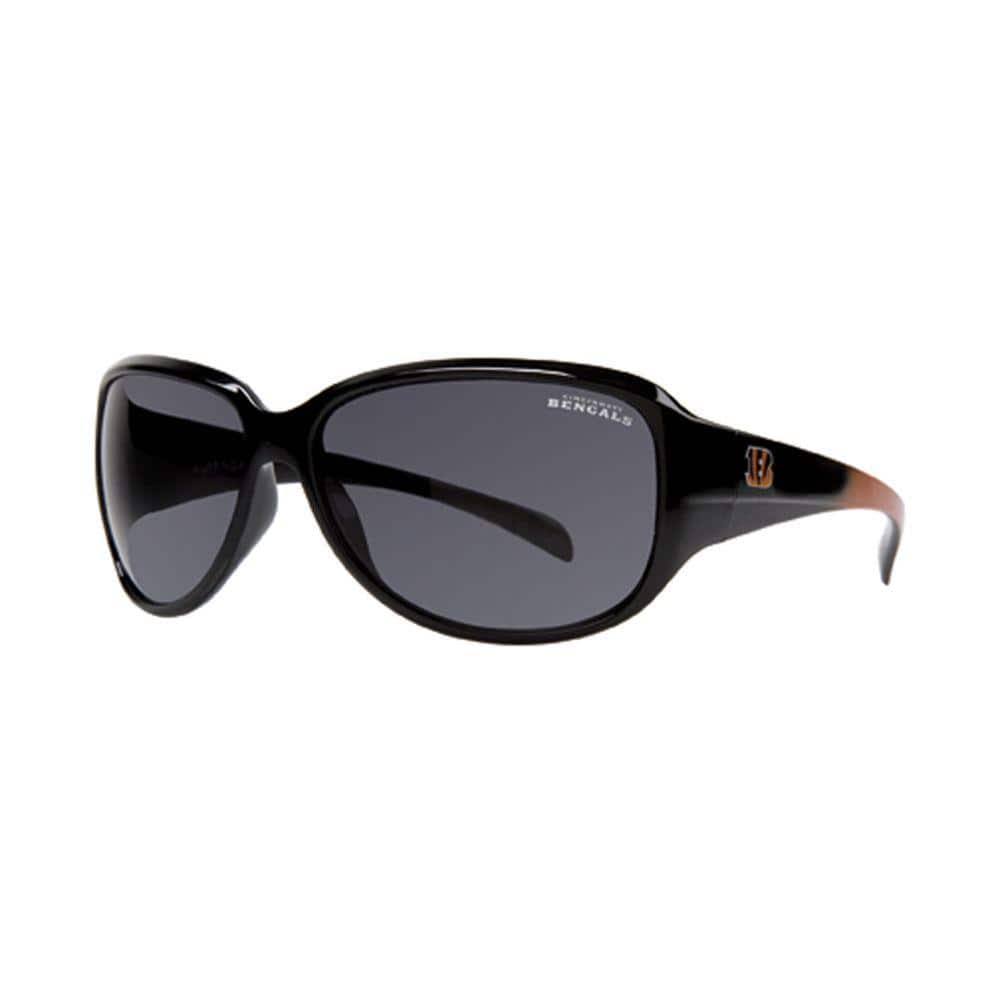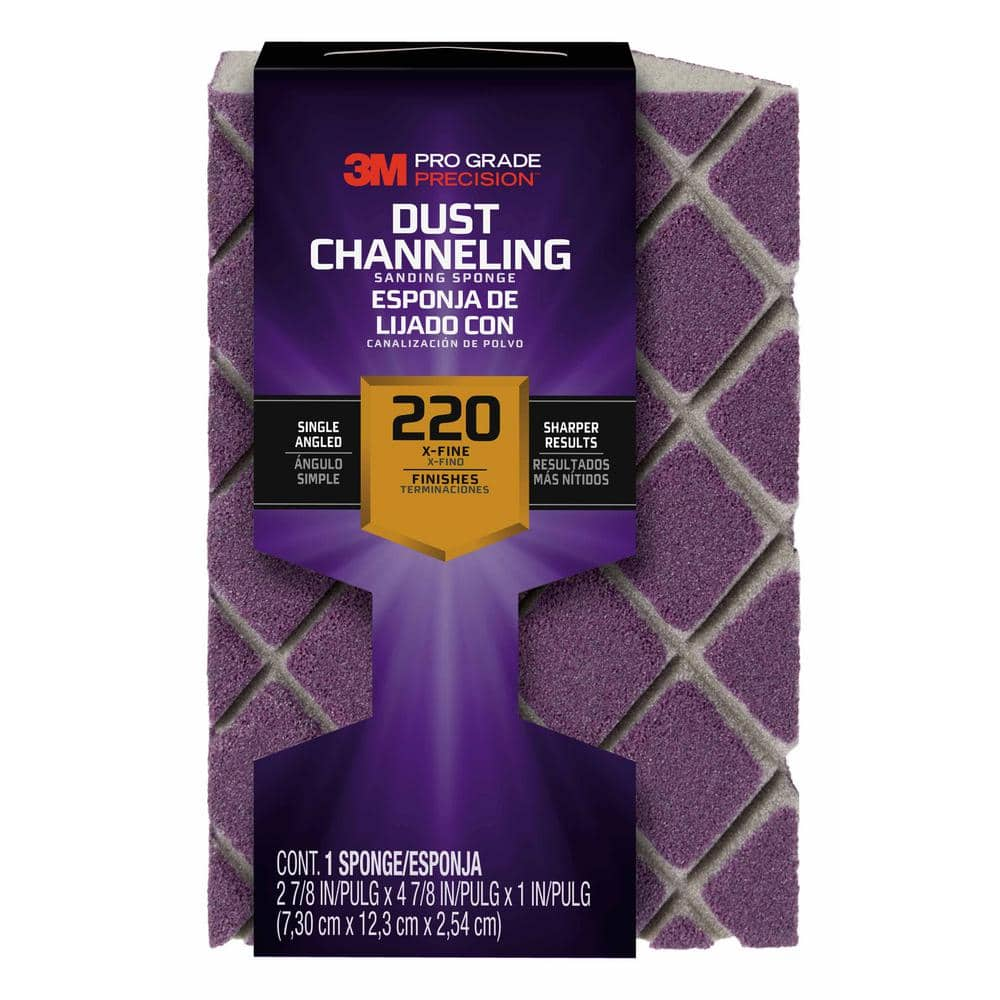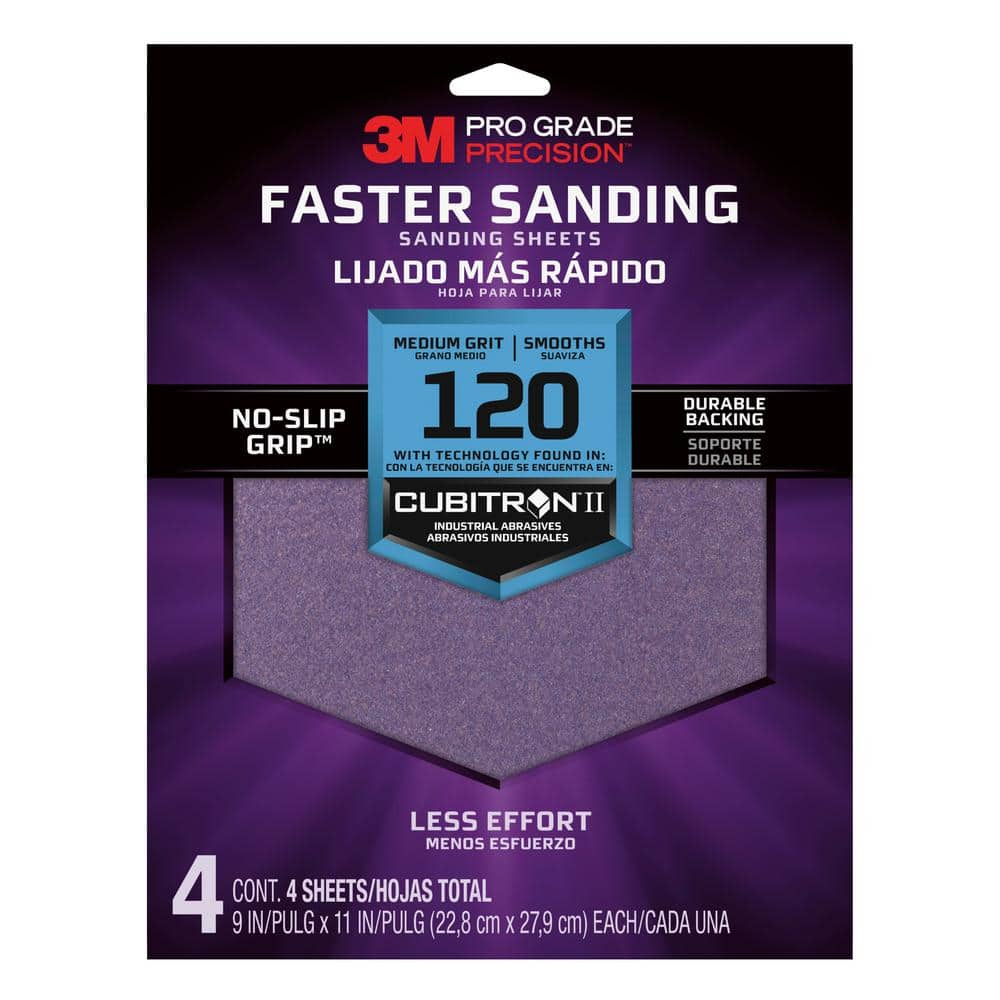Sandpaper Buying Guide

Published February 27, 2024
Sandpaper is a crucial tool for giving wooden or other surfaces a smooth finish. The many types of sandpaper may look similar but are composed of different materials and designed for sanding different surfaces.
This guide reviews the various types of sandpaper and how such factors as grit and material indicate the best sandpaper for your project.
Safety: Sanding generates dust, so wear protective eyewear and a respirator mask. When working with a power sander, wear gloves and avoid loose-fitting clothing that can get caught in the machine.
Table of Contents
Understanding Sandpaper
Aluminum Oxide Sandpaper
Ceramic Sandpaper
Garnet and Flint Sandpaper
Silicon Carbide Sandpaper
Steel Wool
Understanding Sandpaper

Despite the name, modern sandpaper sheets contain no sand. Sand has been replaced by more effective natural abrasives, such as garnet, and synthetic abrasives, such as aluminum oxide. The different types of sandpaper have three primary characteristics: its grit, its abrasive material and an open or closed coat.
- Sandpaper grits measure the coarseness of the paper. A piece of sandpaper’s grit number refers to the number of holes per square inch in the screens used to sieve the grains during manufacture: the lower the grit number, the coarser the paper. The grit level can go as low as 12 and as high as 600, but most home sanding projects should call for a grit size between 60 and 220.
- Coating indicates the density of the abrasive particles on a piece of sandpaper. Open-coated sandpaper has abrasive grains covering about 70 percent of its surface. This works well with power tools and soft woods such as pine. Close-coated sandpaper is completely covered with abrasive material. It's more suitable for hand-sanding or with hardwood and metal surfaces.
- Materials used to make sandpaper include aluminum oxide, ceramic, flint, garnet and silicon carbide.
Aluminum Oxide Sandpaper

Aluminum oxide sandpaper is a synthetic material that is often tan, light gray or grayish brown.
- It works well for all types of sanding, especially wood and metals.
- It is effective when used with a power sander.
- Its brittle surface crumbles easily, exposing fresh edges for sanding wood and making it last longer than other sandpapers.
Ceramic Sandpaper

Ceramic sandpaper is a synthetic material that is generally reddish-brown.
- It is extremely hard and durable and is best for rough sanding.
- It is ideal for use with power sanders.
- It may be more expensive than other sandpapers.
Garnet and Flint Sandpaper

Garnet and flint sandpapers are made from natural material. Garnet sandpaper is reddish or golden-brown and flint sandpaper is beige-colored.
- Garnet sandpaper features a soft grit and wears out the fastest but produces the smoothest surface.
- Garnet is the best sandpaper for wood hand-sanding.
- Flint sandpaper is economical but not particularly durable.
- Flint is best for rough work on small projects and is used less commonly than many other sandpapers.
Silicon Carbide Sandpaper

Silicon carbide sandpaper is a synthetic paper that is blue-gray, black or charcoal, often with a waterproof backing.
- It can be used on wet or dry surfaces.
- Its friable surface will self-sharpen on harder materials, making it the best sandpaper for metal and plastic.
- It is ideal for polishing or using between coats of finish.
Steel Wool

Among the other abrasive products, steel wool consists of fine flexible filaments of steel or other metals. It is used for finishing, polishing or removing grime and sludge from a variety of surfaces.
- Steel wool can be used to remove old coatings of paint or finish on wood, glass, tile and furniture.
- Steel wool can prepare new surfaces for paint or finish or be used between coats.
- It is graded on a numeric scale similar to sandpaper that determines how coarse or fine it is, rated from 0000# (super fine) to 4# (very coarse).
Drywall Sanding Sheets and Screens

Drywall sanding pads, sheets and screens, like sandpaper, are made with abrasive material for drywall sanding applications.
- They are ideal for smoothing and sanding drywall joints, plaster or patching compounds.
- Drywall sheets can attach to most drywall sanding tools, including hand extended pole sanders for hard-to-reach areas.
Tip: You may be wondering "What grit sandpaper for drywall?" Avoid grits below 100 and above 220. Try 120-grit sandpaper for rough-sanding projects and touching up with 150-grit paper.
Abrasive Sanding Sponges and Blocks

Abrasive sanding sponges are blocks made of foam with abrasive surfaces of different grits. They are comparable to sandpaper.
- Sanding sponges and blocks are effective for sanding in corners or unusual surfaces to which sandpaper will not conform.
- A sanding block or sponge permits the user to apply more pressure by hand, which can result in an improved finish.
Tips for Using Sandpaper

Follow these tips for more effective sanding and use of sandpaper.
- The open types of sandpaper are often considered the best sandpaper for wood.
- Always sand with the wood’s grain to avoid clogging the surface pores. In most cases, you’ll need to sand multiple times, so be patient.
- Start with coarse paper and gradually work your way to finer sandpaper.
- Coarse grits can be used to remove large imperfections while medium grits are better for small-to-moderate surface flaws. In many cases, using a fine grit around 180 or 200 will provide the final step, though you may need a 220 grit for touching up.
- Be sure to clean the work surface when you switch from one grit to another as debris from earlier sanding can interfere with the smoothing process.
- Don’t press too hard. Let the sandpaper’s abrasive surface do the work.
- Higher grits may be needed when determining the best sandpaper for metal, such as brass.
- The best sandpaper for hard metals such as iron or steel is aluminum oxide, while the best sandpaper for softer metals such as aluminum or brass is silicon carbide.
- Determine the time to change sandpaper by running your fingertip over the section of paper you’ve been using. If it feels significantly smoother than a rough, unused part of the paper, begin sanding with a fresh section.
Helpful Tools to Use With Sandpaper

Consider the following additional tools for sanding projects. We have several types of power sanders available for rental.
- A power sander, orbital sander or belt sander can be more useful than hand sanding in time-consuming jobs or ones that involve large surfaces.
- Tack cloth is a sticky piece of cheesecloth that picks up dust more efficiently than wiping a wet cloth across the surface. Wet cloths can also raise the wood grain, making the surface more difficult to stain. Wipe a surface with tack cloth between using different grit sandpapers.
- Zinc stearate coating is a soapy substance that can be found on some types of sandpaper to prevent clogging. Sandpaper used with zinc stearate coating requires less maintenance but should not be used on surfaces with water-based finishes.
The various types of sandpaper, abrasives and sanding belts have different levels of grit and are made of different materials. Choose the best sandpaper for your project to ensure that everything goes smoothly.
Need help identifying sandpaper? Find products fast with image search in The Home Depot app. Snap a picture of an item you like and we'll show you similar products.



































